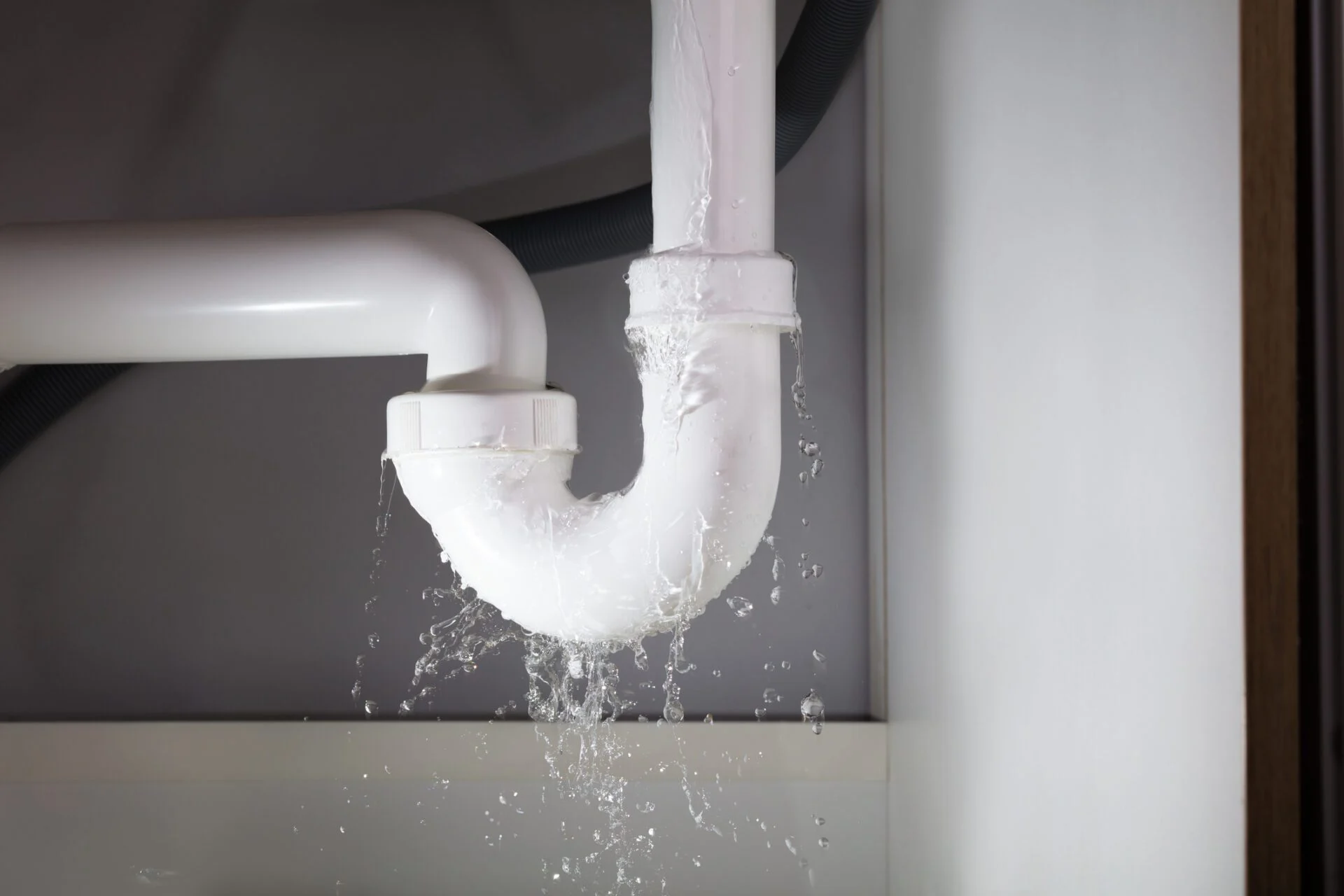When it comes to creating a sustainable home, choosing the right eco-friendly attic insulation options is a crucial step. Not only does it enhance energy efficiency, but it also contributes to a healthier living environment. In this article, we will explore various eco-friendly insulation materials that are both effective and sustainable.

Why Choose Eco-friendly Insulation?
Eco-friendly insulation is important because it helps reduce your carbon footprint and can result in significant energy savings. Traditional insulation methods often involve materials that are harmful to the environment. By choosing sustainable options, you are contributing to a healthier planet while potentially lowering your utility bills.
Types of Eco-friendly Insulation Materials
Cotton (Denim) Insulation
Cotton insulation, often made from recycled denim, is a popular eco-friendly attic insulation choice. It is non-toxic, easy to handle, and provides excellent thermal performance. This material is also treated with boric acid to make it fire and insect resistant.
Cellulose Insulation
Made from recycled paper products, cellulose insulation is a sustainable option that is both cost-effective and efficient. It is treated with non-toxic fire retardants, ensuring safety and performance. Cellulose is particularly effective in reducing air leakage and enhancing energy efficiency.
Sheep’s Wool Insulation
Sheep’s wool is a natural, renewable resource that offers excellent insulation properties. It is biodegradable and has the ability to absorb moisture without compromising its insulating ability. This makes it a great choice for eco-friendly attic insulation.
Spray Foam Insulation
While not entirely natural, some spray foam insulations are made with bio-based materials. These options provide excellent thermal insulation and air sealing properties, making them a suitable choice for those looking for eco-friendly attic insulation options.
Benefits of Eco-friendly Attic Insulation
Energy Efficiency
Eco-friendly insulation materials are designed to minimize heat transfer, keeping your home warmer in the winter and cooler in the summer. This leads to reduced energy consumption and lower utility bills.
Environmental Impact
By choosing sustainable insulation, you are reducing waste and environmental impact. Many eco-friendly insulation materials are made from recycled or renewable resources, which helps conserve natural resources.
Healthier Indoor Air Quality
Traditional insulation materials can release harmful chemicals into the air. Eco-friendly options are typically free from volatile organic compounds (VOCs) and other toxins, promoting healthier indoor air quality.
Installation Tips for Eco-friendly Insulation
Proper installation is key to maximizing the benefits of eco-friendly attic insulation. It’s important to ensure that the insulation is installed correctly to prevent air leaks and enhance its thermal performance. Consider hiring a professional if you’re unsure about the installation process.
Cost Considerations
While eco-friendly insulation may have a higher upfront cost compared to traditional materials, the long-term energy savings and environmental benefits often outweigh the initial investment. It’s important to consider both the short-term and long-term financial impacts when making your decision.

Conclusion
Choosing eco-friendly attic insulation options is a smart investment for both your home and the environment. By selecting sustainable materials, you are contributing to a healthier planet while enjoying the benefits of enhanced energy efficiency and indoor air quality. Whether you choose cotton, cellulose, sheep’s wool, or spray foam, each option offers unique advantages that can help you achieve a more sustainable home.
Additional Resources
For more information on attic insulation and home sustainability, you might find the importance of proper roof and attic ventilation and lighting fixture installation tips to be useful.
FAQs
What is the most eco-friendly insulation material?
Cotton (denim) and sheep’s wool are among the most eco-friendly insulation materials due to their natural and renewable characteristics.
How does eco-friendly insulation improve indoor air quality?
Eco-friendly insulation materials are typically free from harmful chemicals and VOCs, which helps maintain healthy indoor air quality.
Is eco-friendly insulation more expensive?
While initial costs may be higher, the long-term energy savings and environmental benefits of eco-friendly insulation often make it a cost-effective choice.
This article contains affiliate links. We may earn a commission at no extra cost to you.



